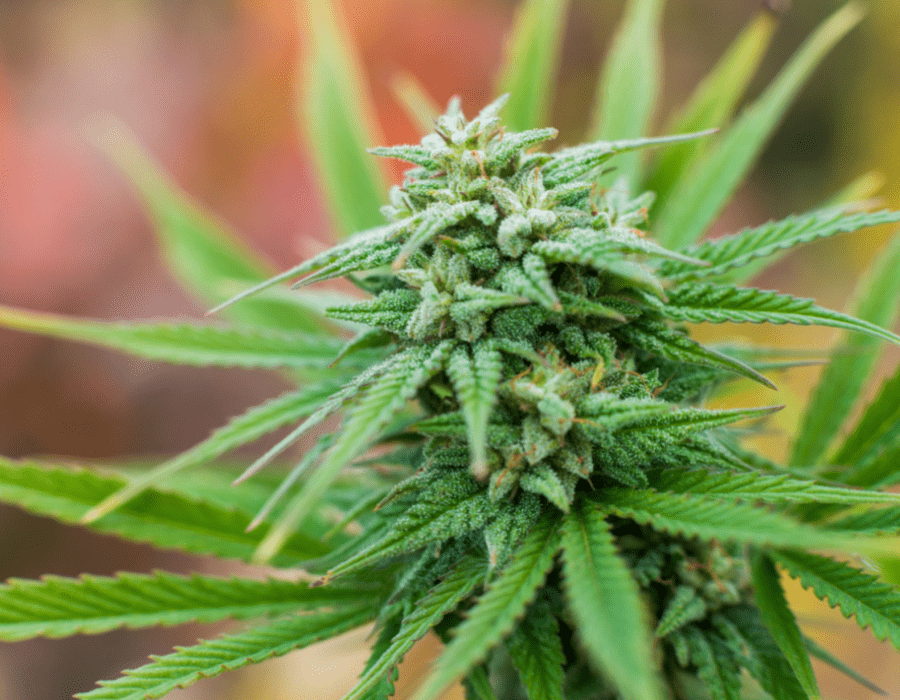Cannabis is an intrinsic plant species, captivating civilization for millennia. As early humans discovered the beneficial attributes from the multi-purpose plant, the quest to domesticate the species began. When first discovered, cannabis grew naturally, reproducing without man’s intervention.
However, it did not take long before humans began domesticating the species, learning to manipulate the plant to grow in different manners. While some early breeding attempts focused on the ‘bigger is better’ principle increasing size and yield from the plant, others were motivated to improve the psychotropic effects by elevating THC.
In the early days, cannabis breeders from Amsterdam to California dabbled with known landrace strains, producing new genetics with similar traits yet crossed with more favourable attributes. For instance, fibre producers mixed and matched strains that resulted in thicker stalks for textiles. Others learned that crossing one of the original skunk-smelling Afghan strains with a Thai Stick variety produced a hybrid plant with intoxicating THC levels. If those guys only knew what we know now!
Modern cannabis research, especially in the past few decades, has uncovered many of the plant’s beneficial secrets. Discovering the cannabinoids, terpenes, and flavonoids and their contribution to the outcome of a plant has been monumental for cannabis breeders.
Additionally, as plant genetics is now studied more intensely, today’s breeders are privy to an abundant array of characteristics that bring out the best in a cultivar. Taking the ‘best of the best’ is how cannabis breeders find ‘The One’.
How Breeders Determine ‘The One’
Defining potential candidates for cannabis breeding purposes for the first time requires some strategy. Most importantly, the question arises, what are the attributes that will define the strain? Will it display high THC or medical marijuana high CBD levels? Does it offer a fruity smell and taste, or will it deliver an earthy aroma and flavour? Will it be indica or sativa dominant, and how well will the new hybrid strain combat pest and disease?
There are many considerations a breeder must ponder when determining a potential cross.
Potency
In today’s cannabis market, demands range from high psychoactive THC cannabis strains to medically beneficial CBN, CBG, and CBD strains. Depending on which of the cannabinoid contributions a breeder wants to produce determines the origins of the parent plants.
Sativa or Indica Dominant
When looking at different strains to determine a new hybrid, breeders search for cultivars that complement each other to produce the plant they envision. While hybrids can be either Sativa or Indica Dominant, a blend of the two sub-species contributes to the growth and outcome of the new strain.
